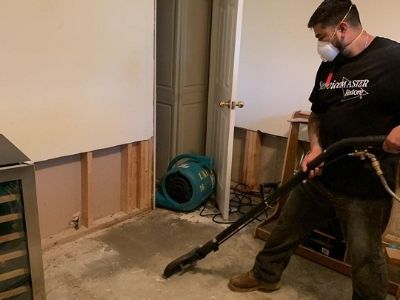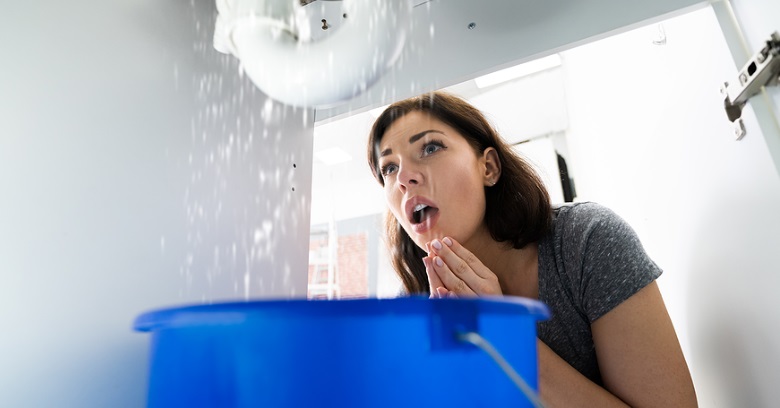How do you feel on the subject of How to install a dishwasher safely?

A ruptured pipeline is a significant emergency; you can just stand as you see water you pay dearly to rejoin with the planet. In worse instances, you notice a pool on your cooking area floor, which is an excellent trip danger, specifically if you have kids around. If the pipe that burst remained in your wall surfaces, problem: you may require to repaint that entire area.
Exactly how can a calamity like a ruptured pipe be prevented and also handled? Well, by paying attention to your expert emergency plumbers and also following these policies.
Just how do I know when my pipes have burst?
Changing water stress
Pipelines do not simply burst in a day. You may have discovered that your kitchen area tap or shower doesn't run promptly when you transform the tap. It might stop for a couple of seconds and afterwards blast you with more force than typical.
In other circumstances, the water may appear normal in the beginning, after that drop in stress after a few seconds.
Damp wall surfaces as well as water discolorations
Prior to a pipe bursts, it will certainly leakage, the majority of times. If this consistent leaking goes unnoticed, the leak may finish right into a vast gash in your pipeline. One simple method to prevent this emergency is to look out for wet wall surfaces ad water stains. These water stains will certainly lead you right to the leak.
Puddles under pipes and also sinks
When a pipeline ruptureds, the outflow develops a puddle. It may show up that the puddle is growing in size, and also no matter the number of times you wipe the puddle, in a few mins, there's one more one waiting to be cleansed. Usually, you might not be able to map the pool to any kind of noticeable pipes. This is an indication to call a specialist plumber.
Untraceable trickling sounds
Pipe ruptureds can take place in one of the most undesirable locations, like within concrete, inside wall surfaces, or under sinks. When your house goes quiet, you might have the ability to listen to an aggravatingly relentless trickling sound. Even after you've inspected your shower head as well as cooking area faucet, the leaking may proceed.
Dear visitor, the leaking might be originating from a pipeline inside your wall surfaces. There isn't much you can do regarding that, except tell a specialist plumber.
Turn off the Water
When water freezes, it broadens in volume by regarding 9 percent. And also it expands with incredible pressure: The pressure inside pipes might go from 40 extra pounds per square inch to 40,000 psi! No pipeline can hold that much stress, so it bursts. The break might occur where the ice forms, but more often, it occurs where water pressure finds a weak point in the pipe. That might be inches and even feet from the icy area. Locate the water shutoff valve and also turn off the water to prevent even more damage. You may likewise require to turn off the electricity as well, depending upon where the leakages takes place and how large it is.
Contaminated water
Many people presume a ruptured pipe is a one-way electrical outlet. Quite the contrary. As water spurts of the hole or laceration in your plumbing system, impurities locate their method.
Your water may be contaminated from the source, so if you can, inspect if your water tank has any kind of troubles. Nevertheless, if your drinking water is supplied and also purified by the local government, you need to call your plumber right away if you see or smell anything funny in your water.
What do I do when I detect a ruptured pipe?
Your water meter will certainly continue to run also while your water wastes. To lessen your losses, find the major controls as well as transform the supply off. The water pipe are an above-ground structure beside your property.
How to Fix & Detect a Leaking Pipe
How Do I Know if a Pipe is Leaking?
Leak detection tests can help you determine if your pipe has a leak. Even if you don’t see an apparent leak, you should still conduct leak detection tests regularly to save water and money—and prevent major damage to your home.
Water meter. It can be helpful to figure out what your usual water meter usage numbers are and then monitor them regularly. To monitor your meter, first, turn off all water faucets in your home. Check the meter and write down the numbers. In a few hours, check the meter again. If the numbers have changed, you have a leak. Water gauge. Use a water gauge to test your water pressure. Your showerhead should produce a certain amount of water pressure based on its model and design. If the pressure is lower than it is supposed to be for that specific showerhead, your home likely has a leak. Puddles. Look inside your bathroom, laundry, and kitchen sink cabinets. Puddles around the cabinets or around toilets, tubs, showers, and washing machines indicate the presence of a leaking pipe. You may also notice loose tiles, peeling or flaking paint, or mold caused by water accumulation. Napkin test. Even if you don’t see any puddles, you may still have a leak. You can test for water leaks in the bathroom, laundry, and kitchen by wiping below-sink connections with a napkin, paper towel, or piece of toilet paper. If it becomes damp, you probably have a leaking pipe under the sink. Discolored walls. Walls that are discolored—usually with brown or yellow stains—or bulging might mean that they have been impacted by water damage caused by a leaking pipe. Smell. A leaky pipe will create sitting water, and over time, that water may develop a musty smell. If your home smells musty, but you can’t locate the source, it may be due to a leak. Steps for Fixing a Leaking Pipe
A leaky drain can be remedied by tightening the pipe base, replacing the drain seal, caulking the rim, and tightening the pipe nut. Similarly, a leaking toilet pipe can be treated by tightening the packing nut. You may also need to replace the valve. A leaky faucet may just need tightening or replacement of the washers. If that doesn’t work, consider replacing your faucet. If your pipe has a hole in it, you may want to use a pipe leak sealer or pipe leak tape. This quick fix for water pipe leaks can also temporarily fix a copper pipe leak. https://www.ahs.com/home-matters/quick-tips/how-to-tell-if-pipes-are-leaking/

I'm just very fascinated by What to Know Before Installing a Dishwasher and I'm hoping you enjoyed our post. If you enjoyed our blog entry kindly do not forget to share it. Thank you so much for taking the time to read it.
Clog problems? Inform.